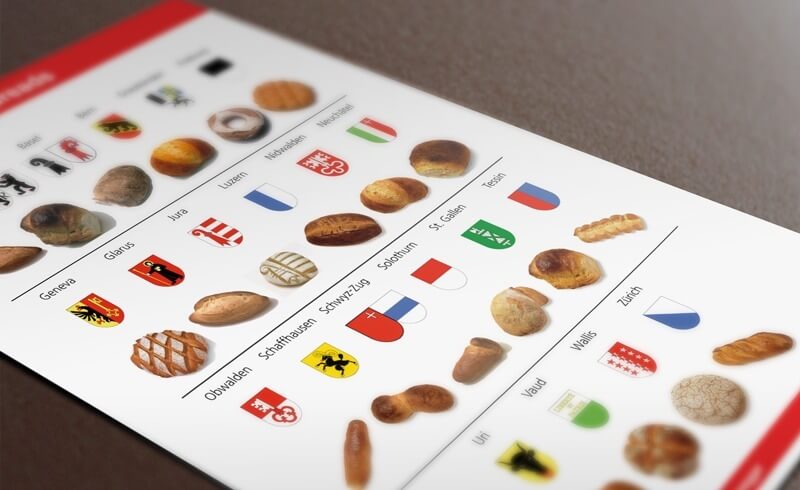
When Swiss people move overseas or even just visit English speaking countries, there is one thing that almost every one of them will complain about: the bread.
To a Swiss person, Switzerland is not so much the land of cheese or chocolate, it is the land of bread. However, if you ask most any North American or British person about the bread in Switzerland, they will tell you how they miss their soft, crust-less bread from back home.
Why do these two linguistic cultures seem to bump heads when it comes to bread?
The answer to the above question lies in the crust. To build on the analogy put forth by Diccon Bewes, Swiss bread is like the personality of the Swiss: Hard on the outside.
Swiss breads are generally very crusty. Being Swiss, there is almost nothing I dislike more than going for a Cervelat or Bratwurst, getting a Büürli (traditional Swiss bun), and finding that it has a soft crust and an airy texture. I want a Büürli with a crisp crust and a dense interior!
If you love bread, Switzerland is a country for you. There are over 200 different traditional breads in Switzerland, including 22 special cantonal bread varieties. They were officially recognized in the middle of the 19th century when Switzerland officially became a democratic republic.
If you are looking for a new favorite bread (and no, they are not all crispy crusted breads), here is a brief overview of the cantonal breads:
For the most part, Zürich bread is run-of-the-mill.
Almost every country has a city like Zürich, where the inhabitants think that the world revolves around them. However, Zürich's influence is strong and if you are looking for the typical "Swiss white bread" anywhere in Switzerland, you will get a Zürcher Brot with its traditional three diagonal cuts on top.
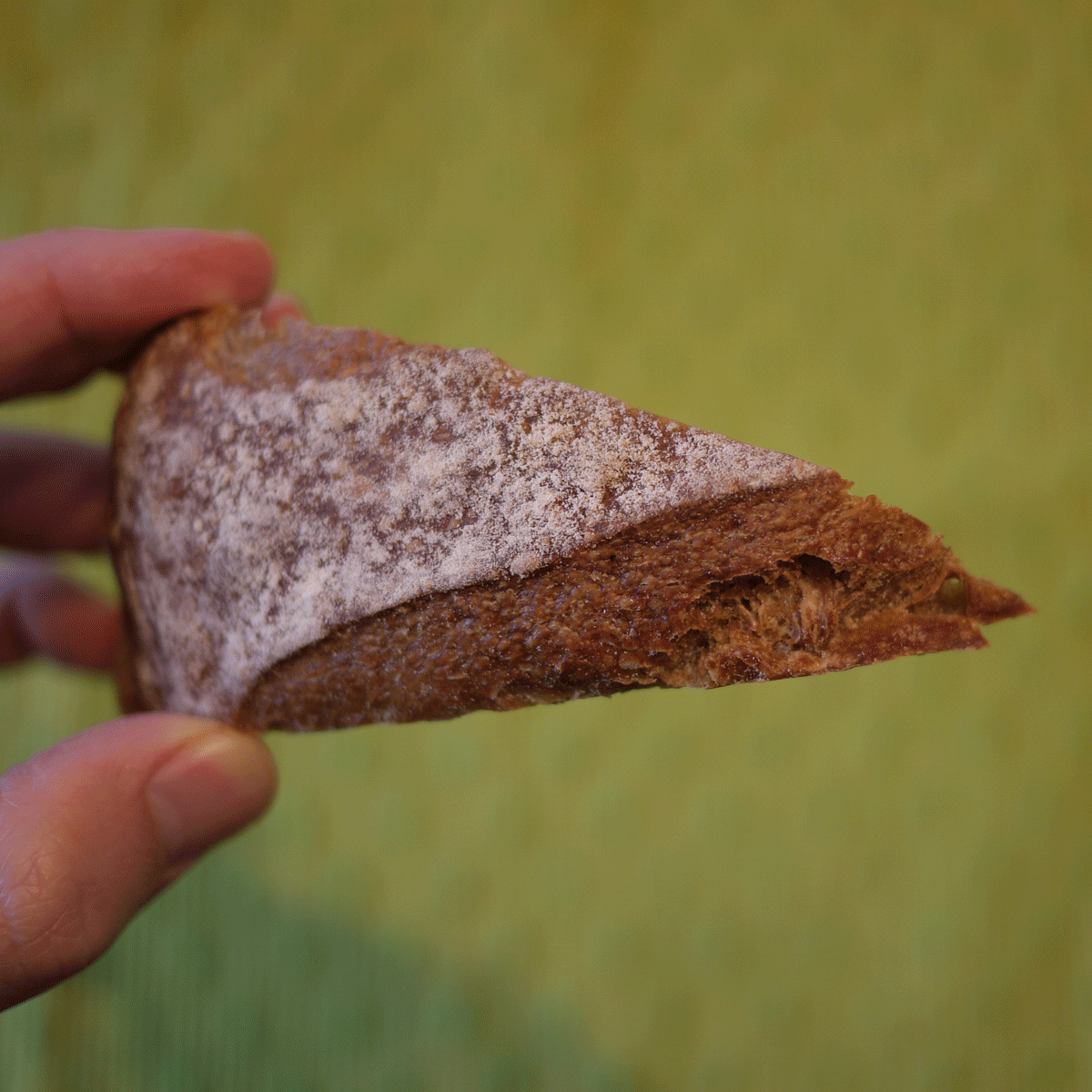
I prefer the Züri-Chorn-Brot, because it is denser. This bread was created to foster the production of wheat within Zürich city limits. The wheat is stored in Niederhasli and milled in Birmensdorf. The bread is then finally produced in a traditional bakery in Glattbrugg. In order to minimize the bread's carbon footprint, it is only sold in and around the city of Zürich.
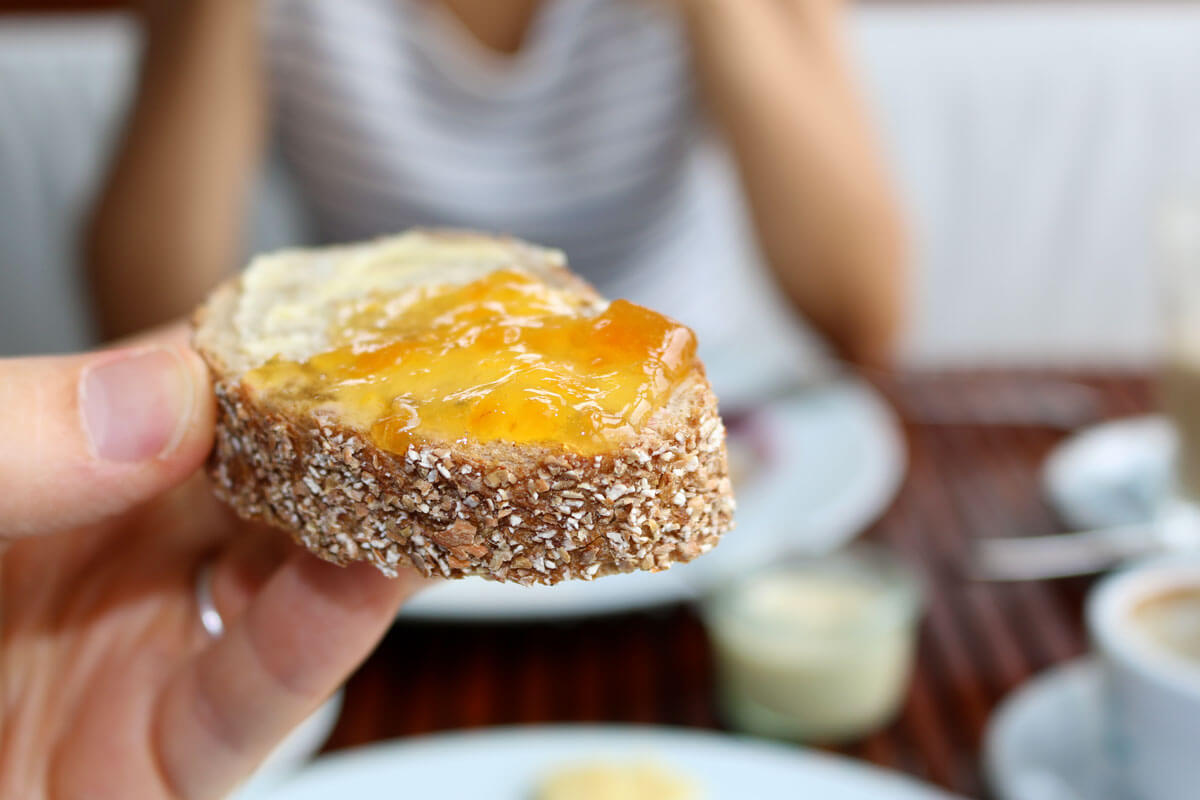
The Zopf bread is typical for Sundays.
If you want to have a traditional Swiss Sunday breakfast though, you need to serve Zopf. This braided yeast bread belongs on every family breakfast table, along with homemade jams and coffee.
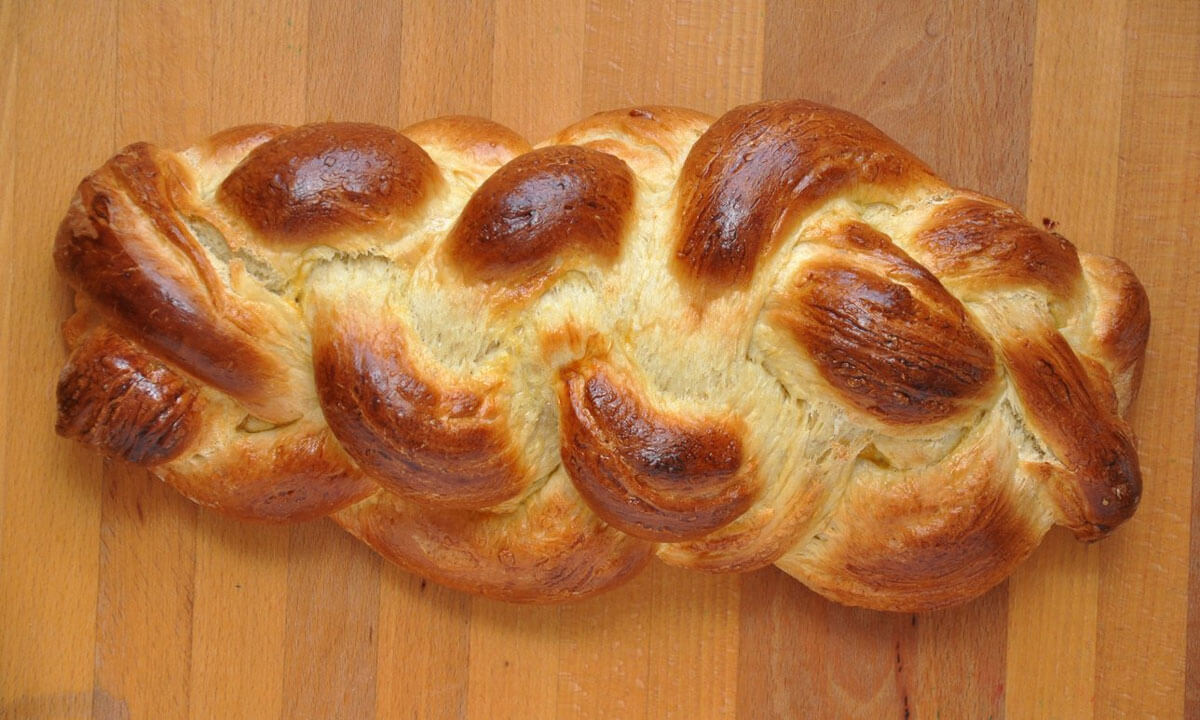
St. Galler Brot is a bread with body parts.
This bread is special for its mild taste with delicate seed notes, its crisp crust, and of course its unique shape which is quite difficult to form.
The end form has what bakers call a nose, and getting that nose requires a great deal of skill and practice. It is really a kind of bread origami, whereby you start with a round piece of dough about 3 cm thick, fold it in half, then press on to it along the flat part create about a 120 degree angle.
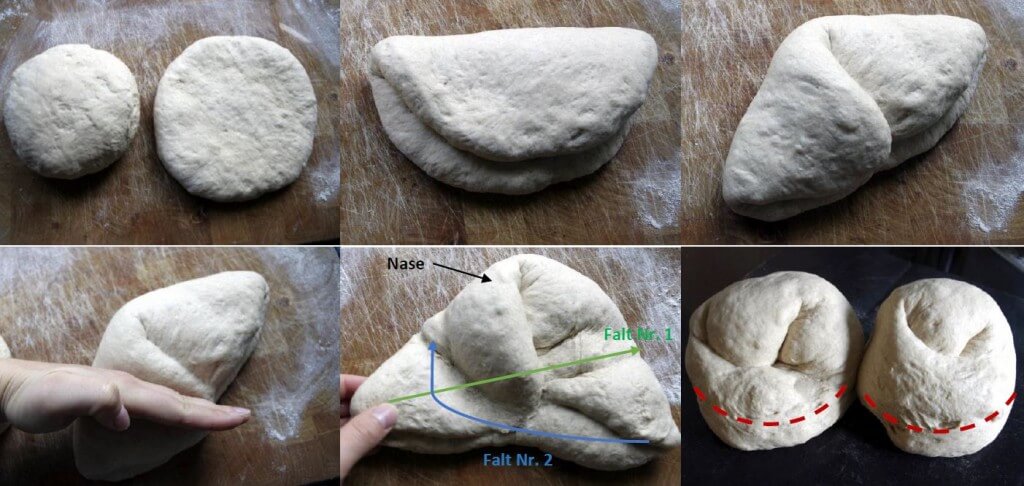
From there, you add a crease with the blade of your hand and fold one corner over to the opposite side. Then, fold the other corner over. Before you put the dough in the oven, you cut deep around the base of the bread so that it ends up growing a foot.
This is one of my favorites. At Migros or Coop, you will often find it as St. Galler Ruchbrot. The recipe for St. Galler Brot is included in Swiss Bread, a recipe collection featuring 42 types of Swiss breads.
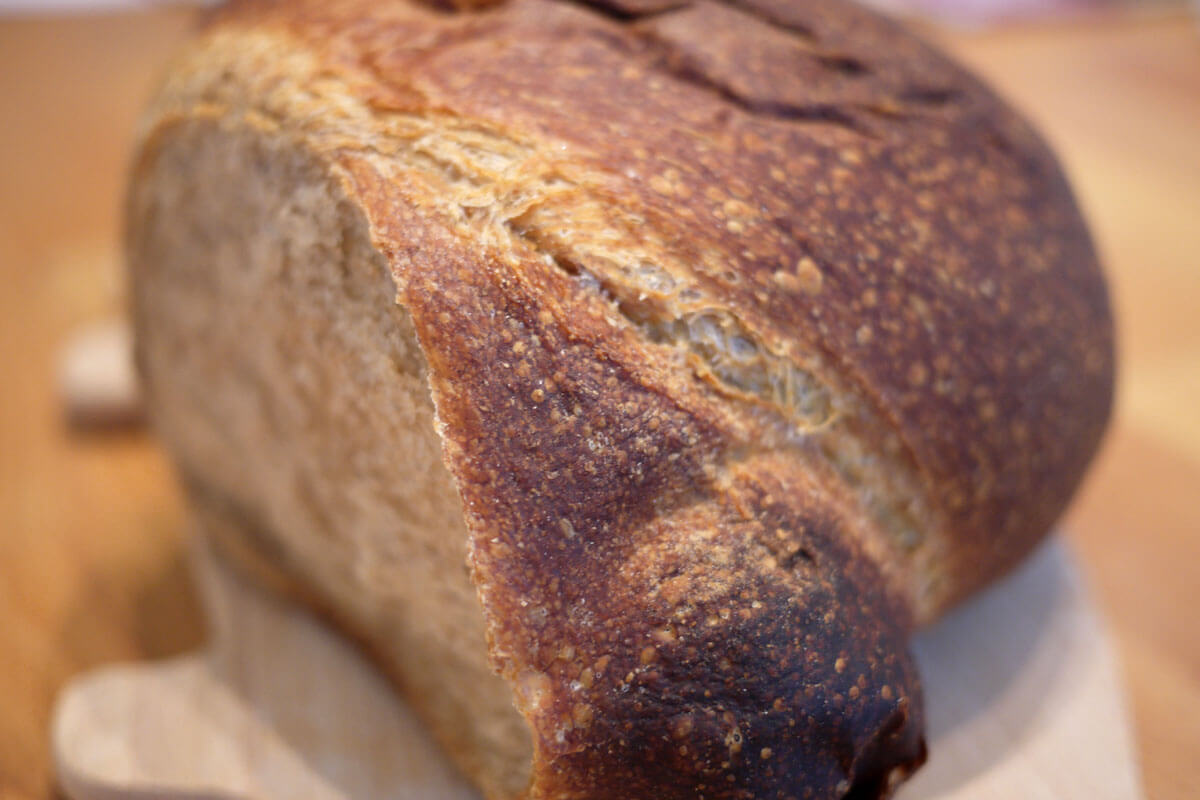
Bündner Birnenbrot
If you are a real gourmand, you will certainly agree that a cheese platter is a must before dessert. Here’s a little secret — Bündner Birnenbrot. This bread filled with dried fruit (pears) and nuts is the perfect accompaniment to a cheese platter. Like the Appenzeller Biber, it also makes for a great food when you go on long hikes or runs.
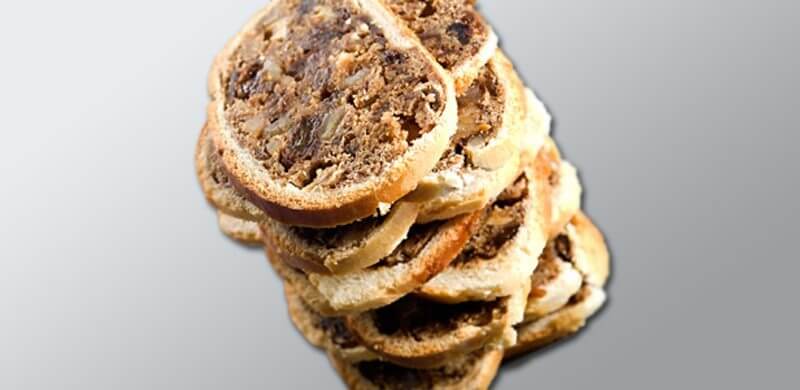
Appenzeller Biber
And here a sweet pastry we want you to know about. The large Biberfladen are not filled, but the smaller ones, often called Appenzeller Biber, have an almond filling. The dough is similar to a traditional German Lebkuchen (gingerbread), and they generally feature unique pictures and designs molded into the topside.
Often this might be a bear, which is the animal featured on the crest and flag of both Appenzell Innerrhoden and Appenzell Ausserrhoden. Biberli make for a great snack for hikers and runners — they are better than any energy bar.
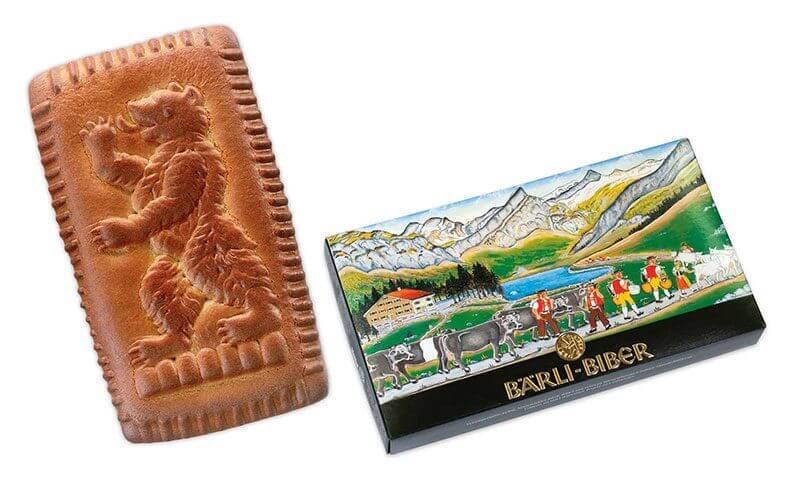
Is Switzerland the ultimate land of bread? We think yes!
With well over 200 types of bread for a country with a population less than that of New York City, and the average Swiss person consuming approximately 49 kg of bread a year, Switzerland really is a bread country!
Highly recommended for bakers: Swiss Bread
Save 10% by using code NEWLYSWISSED
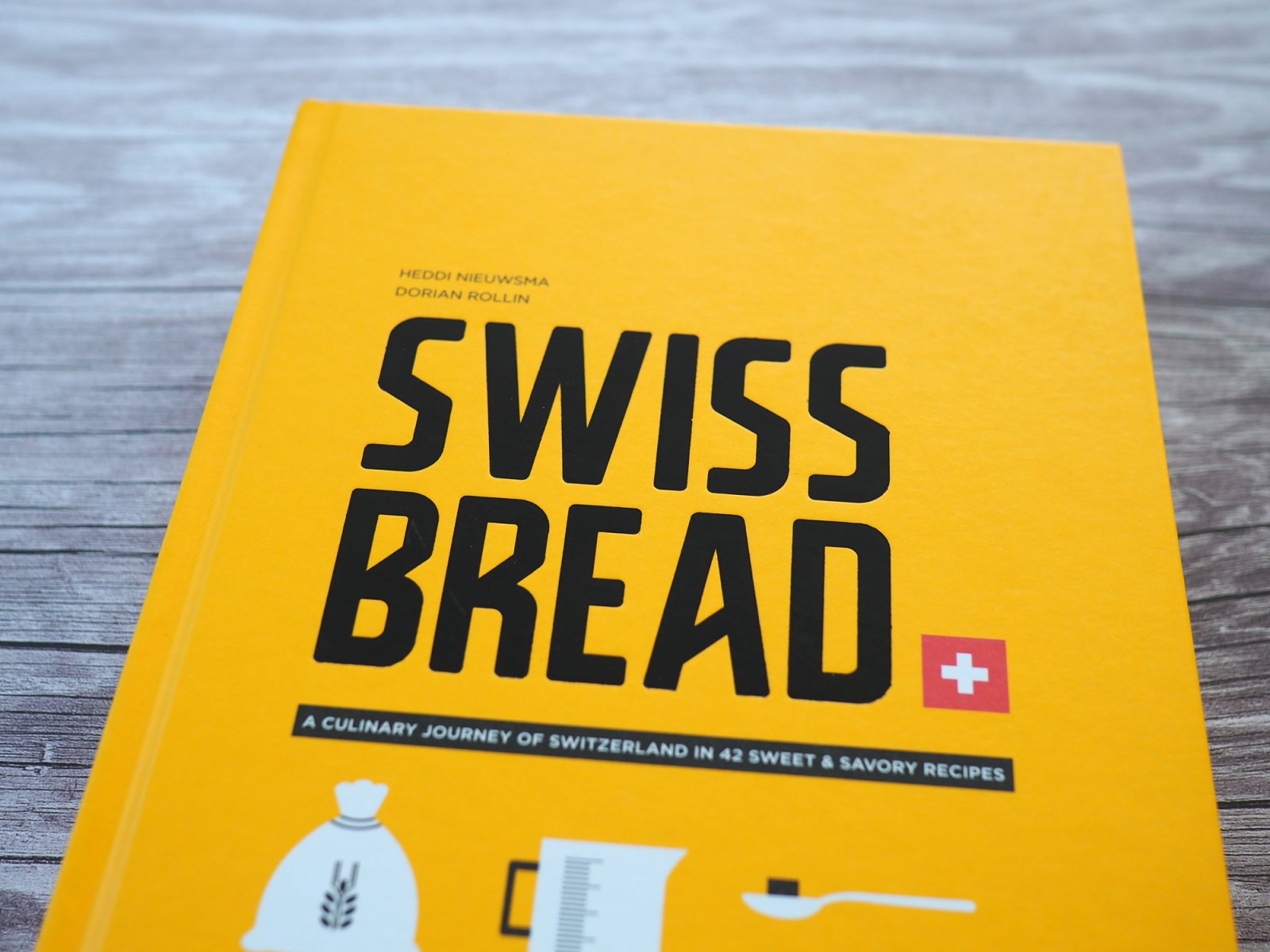
Swiss Bread by Heddi Nieuwsma goes hand in hand with other publications by Bergli Books:
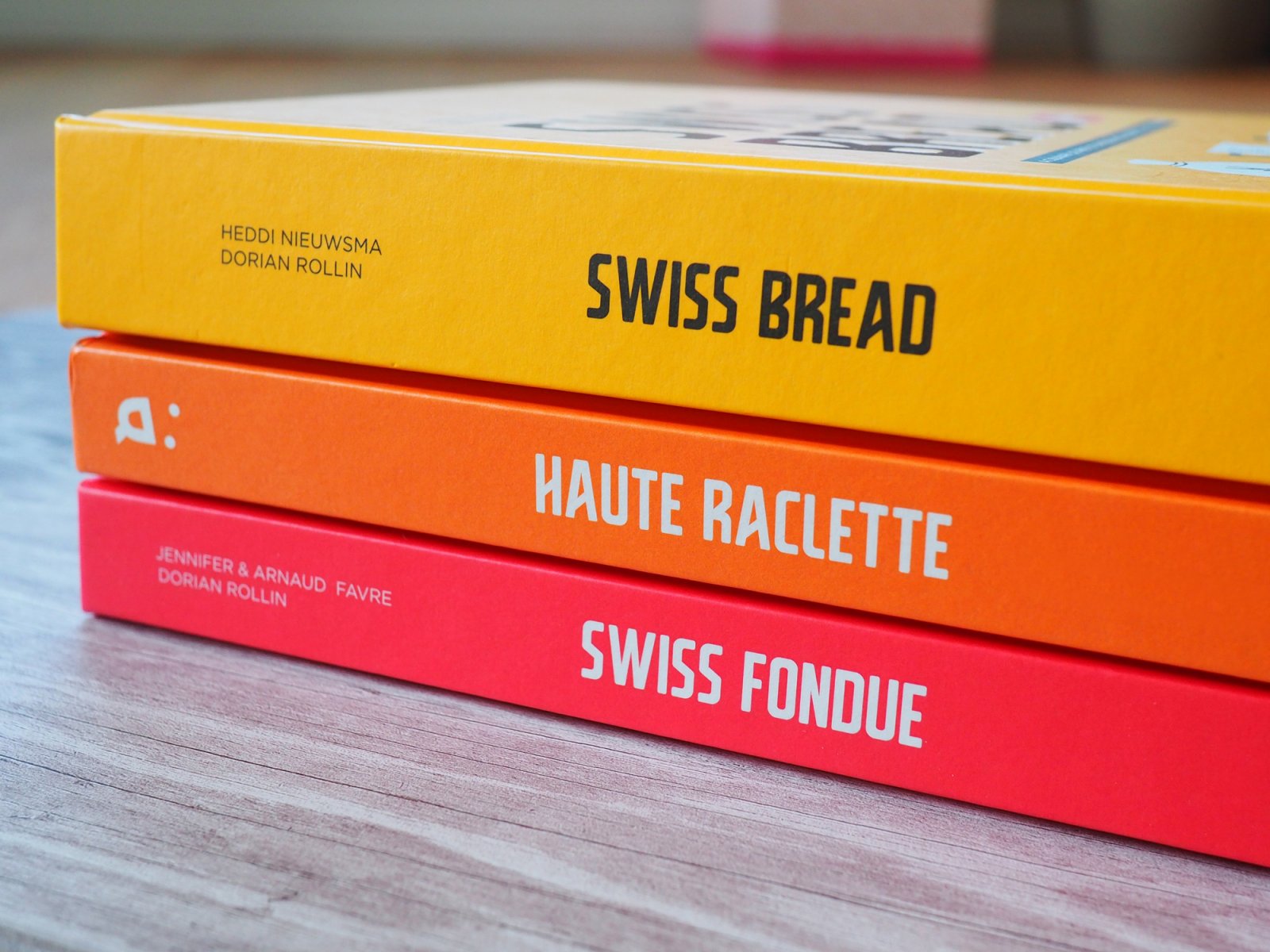
Download our free guide to Swiss breads:
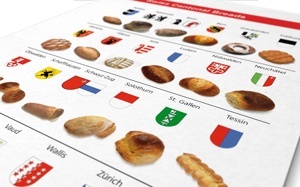
*By downloading, you will automatically be signed up for the newsletter. You may opt out at any time.

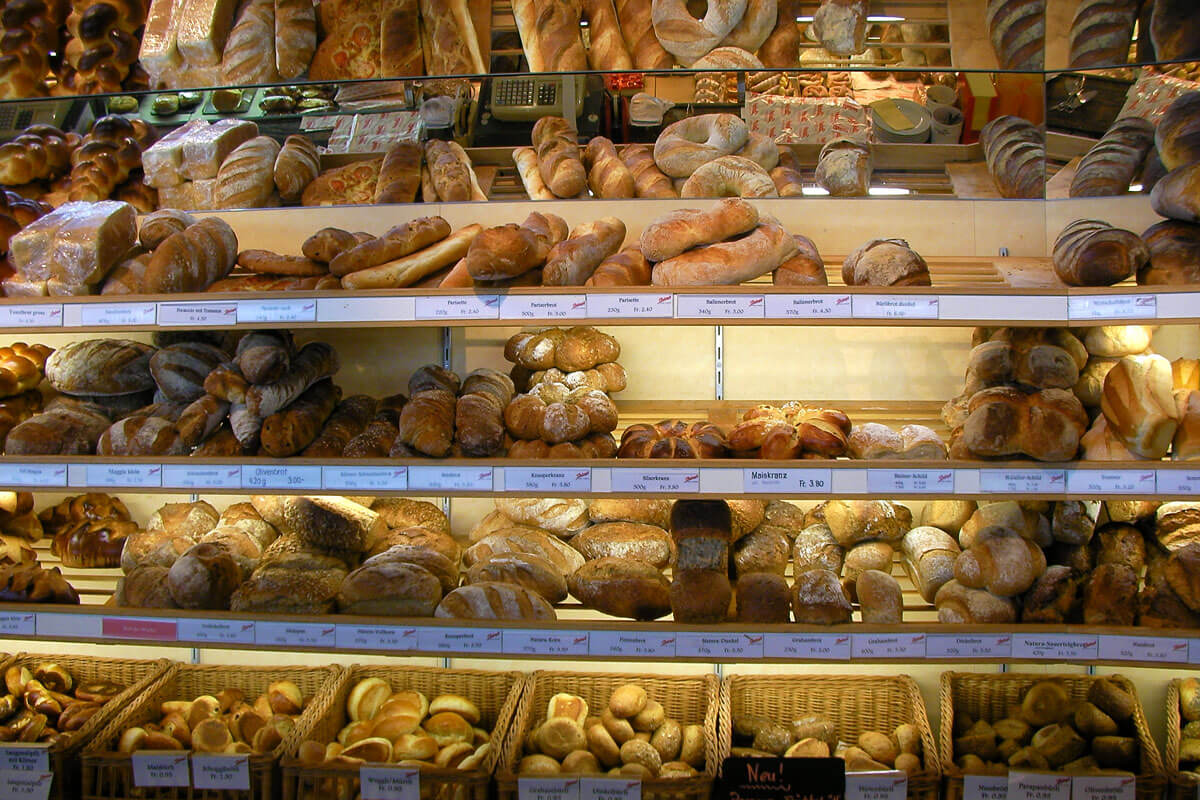
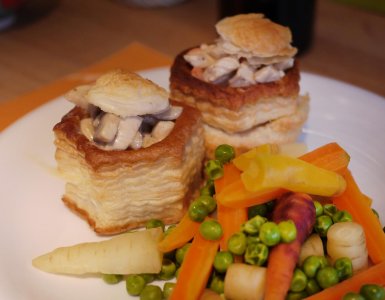


I’ve been living here for almost 3 years and bread is one of the things I still cannot get used to. First of all, why is it almost impossible here to get a decent non-white bakery products, like rye or graham breads?
love swiss (and german) breads! such variety and so many wholesome flours and grains and seeds… and don’t get me started on brezel, yum!
excellent post, christian! here’s another great reference page on the topic: https://painsuisse.ch/pain-suisse/
Bread is the reason why I cannot lose weight here! AAHHHH, BUTTERZOPF… it’s my bad romance! :) I love swiss bread!
There are a few Swiss bakeries in the United States. I have a small Swiss bakery in Oregon and we focus on cantonal breads and a few sweets. Good luck!
hi, I want to start a swiss bakery myself in Georgia (near Turkey). Would you have a few advises for me? How do you operate? Do you get frozen product or cook yourself? Thanks
Where in Oregon
fromph47@yahoo.can.
I miss sliced bread in Switzerland. And crustless bread that you can easily put in the toaster or sandwich maker. It also annoys me to see the “English toast bread” that is sold in the supermarkets, which is like dry, tasteless cardboard and so packed with preservatives that it keeps for weeks – nothing like REAL English toast bread!
Marta, did you ever enter a bakery? What about the Bünder Roggenbrot, the Walliserbrot, etc. etc. and so forth. And Grahambrot you find in every Migros and Coop. Have you ever lived in Switzerland??
OK. I will admit that good bread is not the norm in the US, and factory made bread replaced the good stuff for many decades.
But there are a growing number of artisanal bakers all over the country, just as there are now craftspeople making cheeses, curing meats, fermenting wines and beers, and distilling a whole range of liquors. Artisanal breads have enough of a market that even a larger company like La Brea Bakery (distb by Whole Foods) makes a decent product.
Just to mention a few: In Seattle, you will find gorgeous croissants at Le Fournil and wonderful loaves of many kinds at Macrina. San Francisco is justifiably famous for its sour dough bread. I am crazy for baguettes from Acme Bakery (Ferry Terminal Bldg). And don’t get me started on the bagels in NYC!
Saying that there isn’t any good bread in the US is a bit like confusing a McBurger with a real burger made fresh by an actual cook.
But I do like Chornbrot and Büürli. I also like Walliserbrot and of course a good buttery Zopf.
Thank you Kathy for the wonderful recommendations. Indeed it is very nice to see the rise in artisan breads, cheeses, meats, beers etc. being produced in the USA, Canada, and the UK in recent years.
I have to sadly agree with marta. While white bread (zuri chorn is a favorite!) is easy to find everywhere and delicious, rye and sourdough breads are really subpar if you lived in Germany for 4 years before coming to Zurich. Yes you can buy rye bread, but no it is not up to my expectations.
maybe you need to try pane vallemaggia from poncini bakery in maggia
I’ve been searching, unsucessfully, for a Swiss bakery in Colorado. Now that I left Virginia I discovered a Swiss baker at two locations there but shipping costs four times the price of the bread. I especially miss the Swiss style croissants, Burli, Ticino, and Brotchen that I used to eat growing up near Zurich. Every time I visit Zurich I always stop at Bell’s for a Brotchen with Weisswurst…
I wish we could send you a Swiss survival box filled with Bürli, Zopf, Weggli and Gipfeli! I used to miss Swiss bread while living in the US as well… Actually, this was the reason I first started to bake! Laugenbrötli and Zopf are very easy to imitate ;-)
Oh how so true. Swiss breads and their variety are to be treasured. You can’t beat that lovely taste first thing in the morning of a ‘Hausbrot’ from our local baker in Adelboden!
Back in the UK, we do have a nearby fine food farm shop and great breads – but it just doesn’t have the charm of the traditional local baker.
I am an American who is in heaven with the wonderful breads here in Switzerland. Not all English speaking people eat nasty old wonder bread. Maybe that’s why Hostess the makers of wonder bread has gone out of business in America. Regardless of the stereotypes, I love the delicious bread that I can get here. I brag about it all the time! You must try the Nussbrot at my local Erlenbach bakery, it is to die for!!
We just returned from a 3 month stay in Basel (my husband was working there for 6 months) & are going through Gipfeli and schoggiweggli withdrawals. Our son (2 1/2 yrs old) was in heaven everyday eating some delicious bread treat. His favorite were the grattiman. Does anyone know if there is a Swiss Bakery near Philadelphia or New Jersey?
Nice brochure, but I would have liked the names and recipes of those breads, so I can try to bake them here in Texas. Kerin’s link helps a bit. Thanks.
If you live in Boston, check out the Swiss Bäkers!. Best Swiss bread we have found in the US so far!
Thanks for the valuable advice, Jennifer!
I live in Manchester, England.
We do not have any Swiss Bakers or any Swiss bread.
What a shame.
Truly a shame! In case you know someone who is into baking, there are some simple recipes to replicate Swiss bread. But it will never be as crunchy and tasty as in Switzerland, I’m afraid…
^Dimitri
[…] doubt that Switzerland is a land of bread. Especially for Swiss National Day, bakeries across Switzerland are decking their shelves with […]
[…] could really devote a weekly series to Swiss bread. So many different, regional options. Look forward to trying them all. What’s your favorite? And, as always, Bon […]
[…] Risotto Saffron […]
We landed down in Zurich on the US Thanksgiving Day, November 22, in 1973 and I was in bread heaven for the next two weeks. Daily, freshly baked bread was left at the stores in wire baskets — with no wrappers on the loaves. The crust was deep brown and as hard as could be. But once through the crust the insides were delicious! I for one do not care for mushy bread. It’s been so long since I was there so I don’t remember cuts across the top like the chart shows. They could have been there. I was just a kid but even my grandmother’s breads didn’t compare. What would be the name of that bread (and is there a recipe online for it!!!)? Thanks!
Dear Sedary! Thank you very much for the lovely anecdote! I would love for you to return to Switzerland someday in order to try all the breads… Are you possibly looking for a basic “Ruchbrot” loaf? Or was it more round like a “St. Gallerbrot”? All the best, Dimitri
Here is another recipe of a typical Swiss Wurzelbrot: https://quicklebendig.ch/wurzelbrot-mit-langer-teigfuehrung/ Enjoy!
Is this article talking about Geneva, Switzerland or some other homonym city in outer space? Bread “Decent” not the industrial type loaded with preservatives that you find in Migros or Coop, is on top of the
It’s of many essential stables that are hard to find in Geneva. If it. We’re not for Céline et Sébastian bakeries, Le Pain Quotidien, or Bio C Bon. I would have left Geneva and moved to neighboring France.